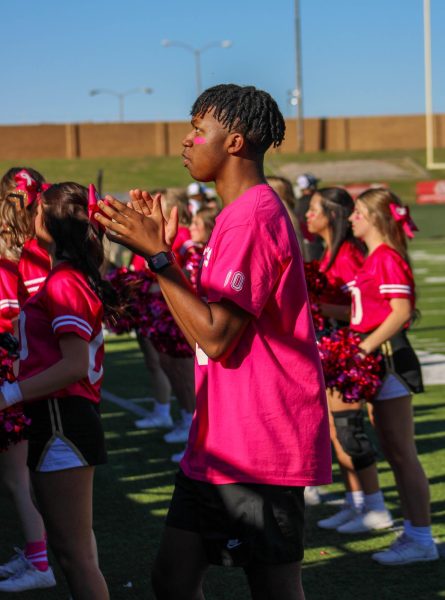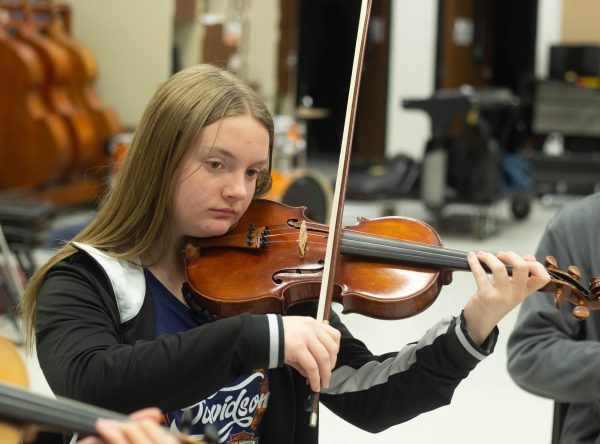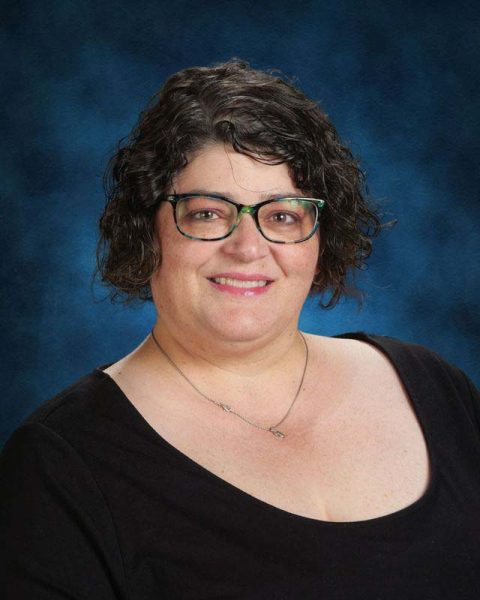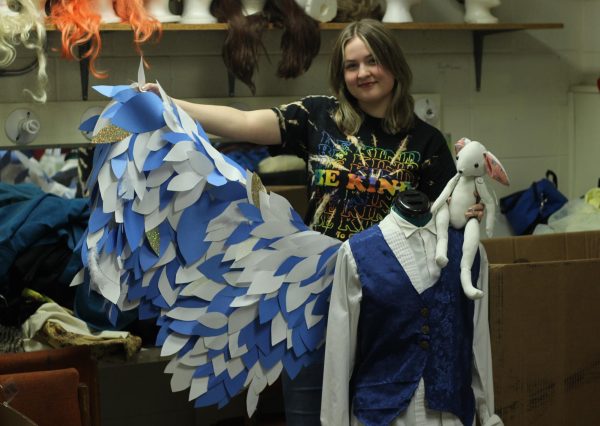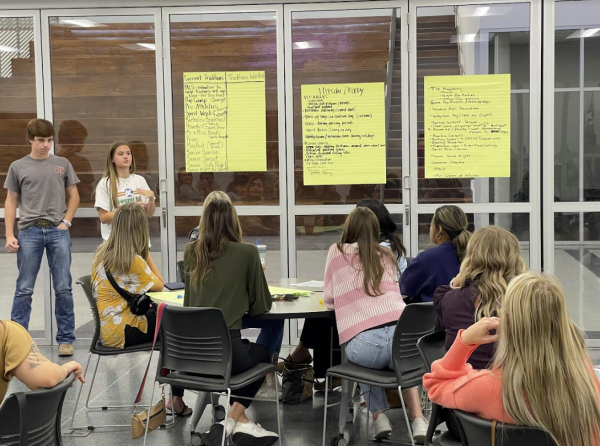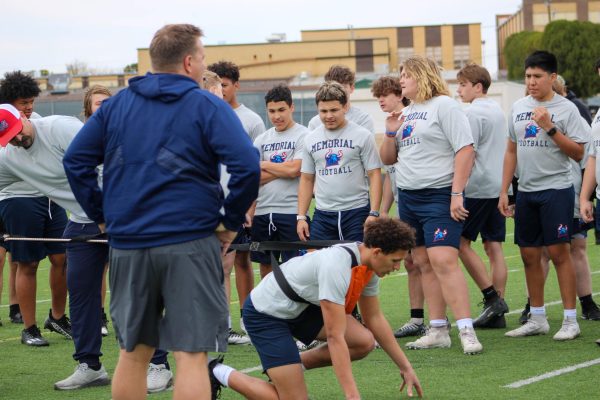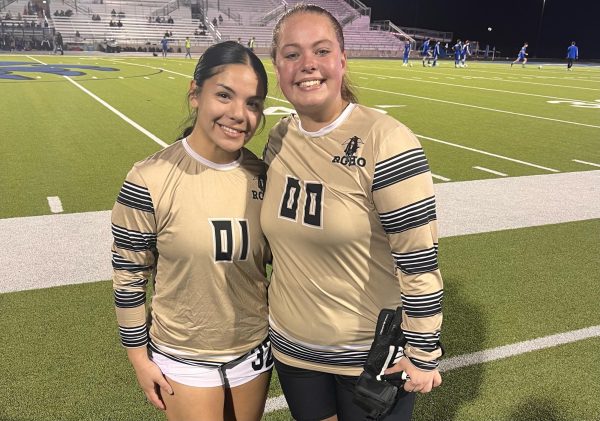A Unique Mind
I’m sitting in class and I see the teacher’s marker glide across the whiteboard, and I can feel my body press against the hard plastic chair and I can smell the football player in front of me, and I am listening to my favorite band through my mp3 player, and all of the sudden I understand linear equations, I have used my own style of learning.
In the world there are six different learning styles, visual (preference to use pictures or images), aural (preference to use sounds or music), physical (preference to use the body), logical (preference to use formulas or systems), social (preference to work in groups/ talk), and solitary (preference to work alone).
With these different learning styles it may help some with certain learning deficiencies such as dyslexia (difficulty to read), A.D.D. (Attention Deficit Disorder), and A.D.H.D. (Attention Deficit Hyperactive Disorder) to make learning a lot less difficult. Dyslexic Hunter Cabe said that using the process of trial and error is useful, and he also explained the process of putting colored transparent paper over words to remember what they are is also very helpful.
“I honestly think I might be A.D.D,” English teacher Paul Loskot said. “With the way I lose focus in class that is a great possibility.”
A.D.D. can also be the cause of such symptoms as anxiety, speech or hearing deficits, defiant behaviors and most commonly, obsessive-compulsive disorders.
But what is the difference between A.D.D. and A.D.H.D.? A.D.D. causes one to lose focus and even break away and do something that they were told specifically not to do, while A.D.H.D. is a mental disorder that causes above-normal levels of hyperactive and disruptive behaviors.
And how do teachers manage to teach these hard to teach students?
Kyle Apperson, history teacher and tennis coach, has a quite unorthodox process that he said many students in the past have seemed to enjoy.
Apperson calls his process “The harsh reality of life” allowing the student to do as much or as little as they render acceptable, whether they pass or not is completely up to them.
This process may seem cliché but there is one factor that makes his process 100% up to the student and that is what Apperson calls “stamp sheets”.
They are papers Apperson hands out to his students at the beginning of each chapter that have different assignments. Each assignment is worth a different amount of points and the students have the decision to take the sixty that stamp sheet itself is worth or to do some assignments on the sheet and make a passing grade.
Can students with learning disabilities such as A.D.D., A.D.H.D., or dyslexia use their disability as a crutch?
“Of course they can, but in my class those conditions are perfectly acceptable,” Apperson said. “My nephew has dyslexia terribly bad almost to the point where he can’t read, but he made probably twice as much as me last year in his job. So it really has ZERO impact on one’s learning capability if you work hard.”
Students are like snowflakes, in the sense that none are the same, and for each student there is a different style of learning which begs the question “Do all students learn differently?”
“Yes, every student learns differently,” Apperson said. “It’s not a belief, it’s a fact.”

